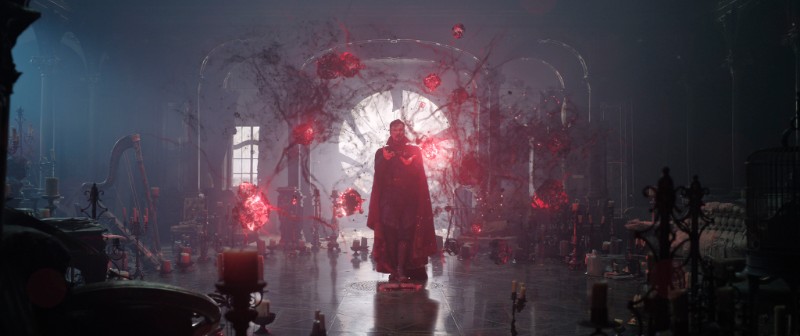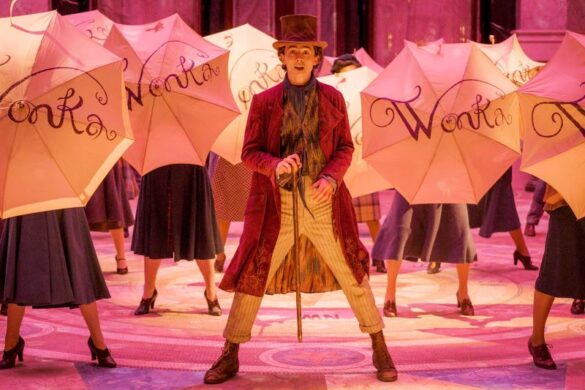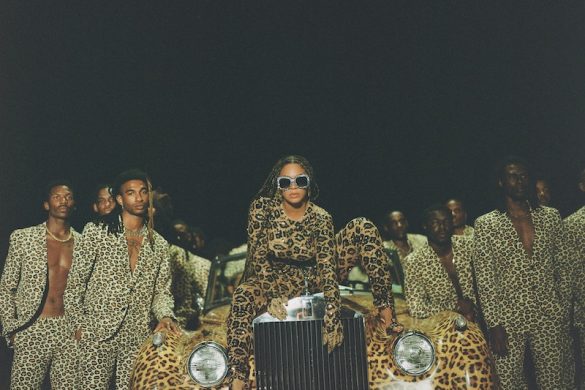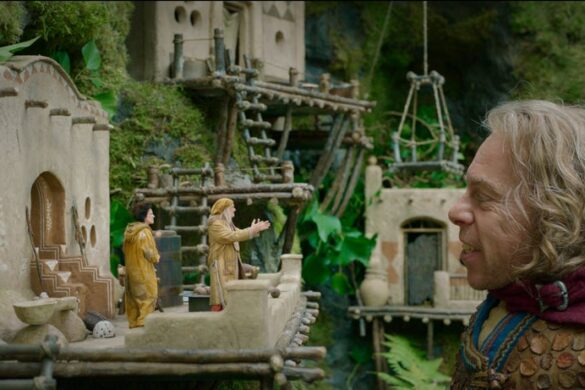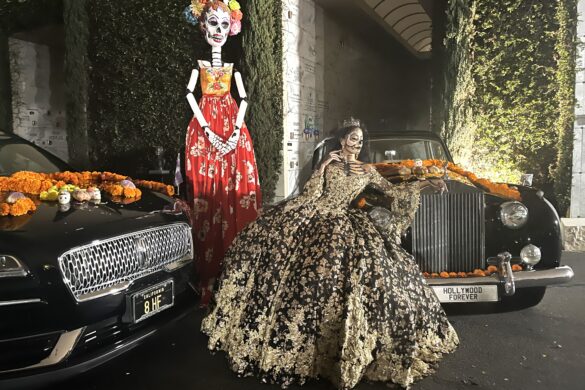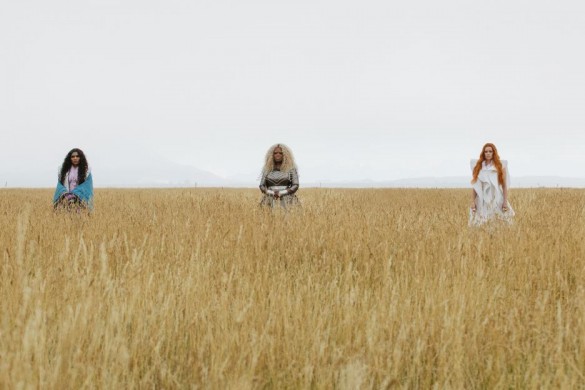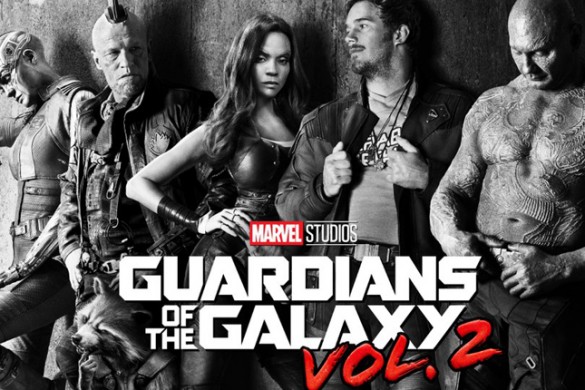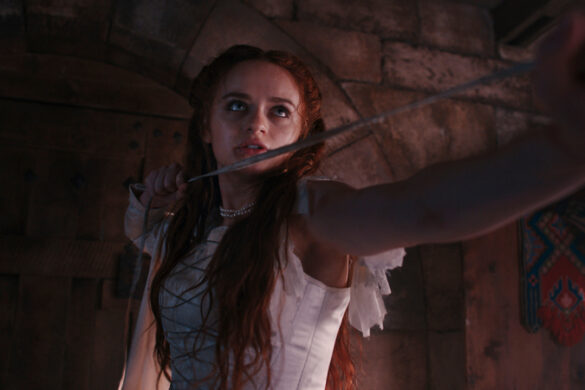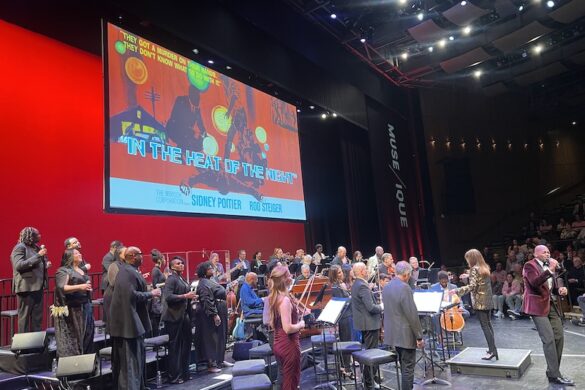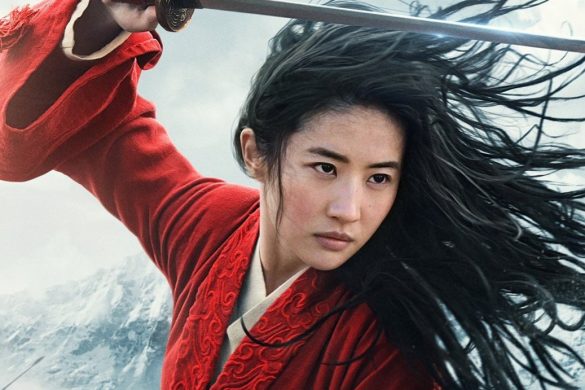Marvel Studios’ “Doctor Strange in the Multiverse of Madness” is more than just a continuation of the titular wizard and former sorcerer supreme. It is a full-circle moment for director Sam Raimi and producer Kevin Feige. It is also an introduction for America Chavez, who brings a refreshing kind of energy and essential representation through her youth presence that helps reflect the world we live in today. With so many layers, or should I say multiverses, to address, “Doctor Strange in the Multiverse of Madness” changes the MCU as we know it.
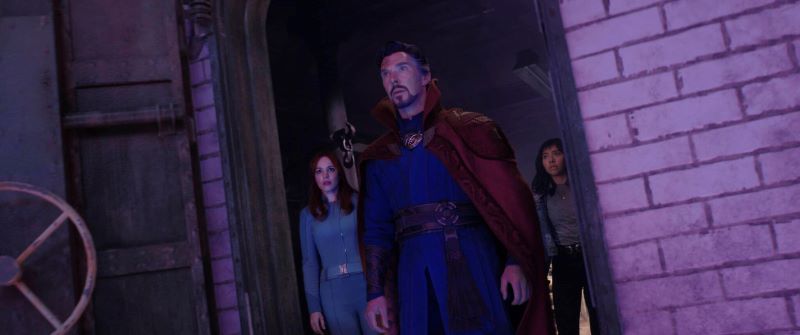
ThatsItLA had the chance to participate in the virtual press conference for “Doctor Strange in the Multiverse of Madness” to talk about the sequel, the characters’ trajectory, on-screen representation, and more.
For Feige, “Doctor Strange in the Multiverse of Madness” is a full-circle moment as he first started out as a junior producer on the first Raimi-directed Spider-Man film and is now a producer on the Doctor Strange sequel. “It is surreal. Particularly surreal because it is full circle with Mr. Raimi,” he said. “I was a young producer who just felt lucky to be in the same room with him. And I’m an old producer that just feels lucky to be in the same room with him.”
And though Raimi recognizes that a lot of the visual storytelling technology has changed between now and 20 years ago, many of those same changes have made things easier for him. “Well, the technology has changed, and it’s just become a lot easier. But mostly the technological difference that really enabled me to work on this movie,” he said. “I could speak to 10s of crew members at once, we could show a storyboard from an artist, the editor could bring up a piece of the cut, we really had great communication, audiovisual, and you’re able to speak to 100 people at once. It’s fantastic.”
But when it came to jumping into the MCU for a sequel he had not worked on before, it all came down to the cast understanding what makes their characters so great and why people came back for more. “The most important thing is having great actors and them knowing that the most important thing they can do is recognize the humanity within themselves. That’s how people connect to our superheroes,” Raimi said. “And these are great actors, and they know what it’s like to be a human being. They’ve got a vast set of experiences that they’re not afraid to pull into their performances. And they also know the characters very well. These three, at least, have played their characters for so many years.”
“Now, in so many important Marvel movies, it’s great to see that knowledge of their characters that they had in this film because what they meet is the multiverse. And in the multiverse, it’s basically a mirror, and they meet altered versions of themselves,” Raimi said. “And these actors are so good, they know they just have to change the slightest aspect of their character’s personality to make an interesting conflict with the altered self.”
Having inherited the bulk of these cinematic adaptations of these characters written by Scott Derrickson, Jon Spaihts, and C. Robert Cargill, “Doctor Strange in the Multiverse of Madness” screenwriter Michael Waldron spoke about being the stewards of these characters was what grounded him creatively. “There was a lot of opportunities to collaborate with these tremendous actors who know them better than I could, he said. “As the script evolved, which it was very much was all the time, you’re really refining. It’s leaning on the people who’ve been doing it even longer than we have in this individual chapter. It’s a real team effort putting the story together.”
And with “Doctor Strange in the Multiverse of Madness” being a sequel, audiences and fans get to see more of a world through the lens of magic and mysticism. So, of course, Waldron had to make it more interesting than make just another expansion of a superhero’s story. “The first movie was very much about Stephen Strange entering this world of magic, learning about it and everything, and beginning to master it. And then we had Steven in several other movies and the Avenger films and then in ‘Spider-Man: No Way Home,’ he said. “This is our first time really in a movie that is his. And this is our chance to focus on that magic and check in on what does it look like five years on or however many years on this guy who was the greatest surgeon now he’s been a sorcerer for a while.”
The Doctor Strange sequel also addresses a lot of the changes the former Sorcerer Supreme has been through throughout the years and how those experiences and traumas factor into many of the character’s arcs. “He’s been through a lot. How good of a sorcerer is he,” Waldron said of Strange. “We’re seeing him kind of at the height of his powers. And I think that’s really exciting. And then, at the same time, you’re encountering Wong, who has become Sorcerer Supreme. He’s at the height of his powers. And then you have Wanda, who is actualized in a whole new way from the end of one division, so you could say she’s at the height of her powers.”
Of course, when you work on something as big as complex as the MCU from behind the scenes, you probably know a secret or two about it and how it impacts the future. And to keep all of that under wraps isn’t easy. But Feige has a solution to that. “You need to make sure that the experience itself works, regardless of what has been spoiled or not,” he said. “We still do as good a job as we can. And I think a lot of people are getting good at not spreading it. Somebody steals something, don’t spread it around because it just potentially lessens the experience. But in a lot of ways, ‘Spider-Man: No Way Home” showed that it did not lessen the experience. So we will continue to do the best that we can. But the most important thing is delivering the movie or the show that delivers regardless of what you know going in.”
And the MCU is a place where the studio allows directors creative freedom to work within what some refer to as the MCU sandbox. It’s a formula that Feige encourages. “I think that was always the intention. The Sandbox, you know, the notion of the shared sandbox took a little while to get people excited about, but I think the job has always been – back to when Sony hired Sam on ‘Spider Man,’ is hire great voice and a great filmmaker to turn it into their own.
“Doctor Strange in the Multiverse of Madness” opens in theaters on May 6, 2022.

